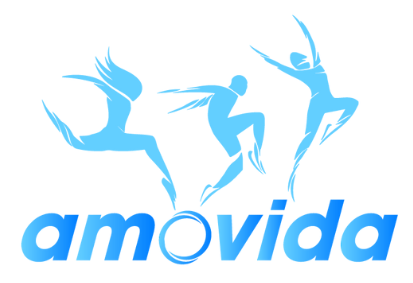Fit Feet: The Key to Better Performance
The Right Footwear for Exercise: Protecting Your Body and Enhancing Performance
When it comes to exercise, we often focus on form, intensity, and frequency—but what about what’s on our feet? Wearing the right footwear for your workout is just as important as how you move. Whether you're running, jumping, lifting weights, or moving in multiple directions, the right shoe can protect your joints, enhance your stability, and optimise your performance.
Running and High-Impact Training: Cushioning is Key
If you’re running or doing high-intensity classes, cushioning is essential. Running shoes absorb shock, reducing strain on joints and muscles. Without proper cushioning, the repeated force from running or jumping can lead to shin splints, knee pain, or plantar fasciitis. For high-impact workouts, a shoe with good shock absorption helps protect your body from excessive stress.
Multi-Directional Movement: Stability and Support
For classes like Group Active, ViPR or Move 4 Life, movements often involve lateral and rotational motions. Unlike running shoes, which are designed for forward movement, a good cross-training shoe provides lateral support to prevent ankle rolling but allows for more dynamic motion than simply forwards. These shoes should also have some cushioning to absorb impact while maintaining flexibility for quick changes in direction. You might see a circle on the forefoot of this type of shoe which allows for pivoting.
Strength Training: Ground Contact and Stability
For strength training, excessive cushioning can be a disadvantage. Strength shoes, such as weightlifting shoes or flat-soled trainers, provide a stable base that allows better ground contact. This enhances balance, stability, and force transfer when lifting. A firm shoe ensures proper mechanics and balance in a class like Group Power or during Personal Training for moves such as squats, deadlifts, and single legged work, reducing injury risks and maximising strength output.
Barefoot Shoes: Benefits and Limitations
Barefoot shoes mimic natural foot movement while offering minimal protection. They allow your foot to work in its natural shape, which can help strengthen foot muscles, improve mobility, and promote foot health. However, they aren’t suitable for every workout. Imagine walking across a room covered in broken glass. If you're barefoot but have your eyes open, you can carefully navigate and avoid the danger. If you’re in cushioned shoes you can safely cross the room blindfolded without injury. However, barefoot shoes, despite their thin soles, remove sensory feedback—like walking barefoot across the room of glass with the blindfold on. This lack of proprioception can increase injury risk. A barefoot shoe might be safe in some scenarios but not others.
Cushioning isn’t inherently bad; it’s a personal choice based on activity and conditioning. Transitioning too quickly to barefoot or minimal shoes without proper adaptation can lead to issues like shin splints and plantar fasciitis. A gradual approach is essential for avoiding injury while reaping the benefits of barefoot-style training.
Clean Shoe Policy: Safety and Hygiene
Our studio maintains a strict clean shoe policy. Dirty or wet shoes reduce grip, increasing the risk of slips, and bring in dirt and moisture that can create hazards. Even a short walk from your car can introduce debris, making the floor unsafe and requiring extra cleaning. Bringing a dedicated pair of clean shoes ensures a safer, more hygienic environment for everyone.
The Bottom Line
Choosing the right footwear enhances performance and protects your body. Opt for cushioning in high-impact workouts, stability and dexterity in multi-directional movements, and firm support for strength training. While barefoot shoes have benefits, they should be used with caution and a slow transition. Clean shoes help maintain a safe and hygienic studio. The right footwear ensures you train safely, efficiently, and comfortably.
